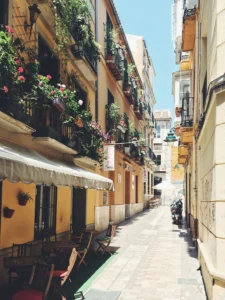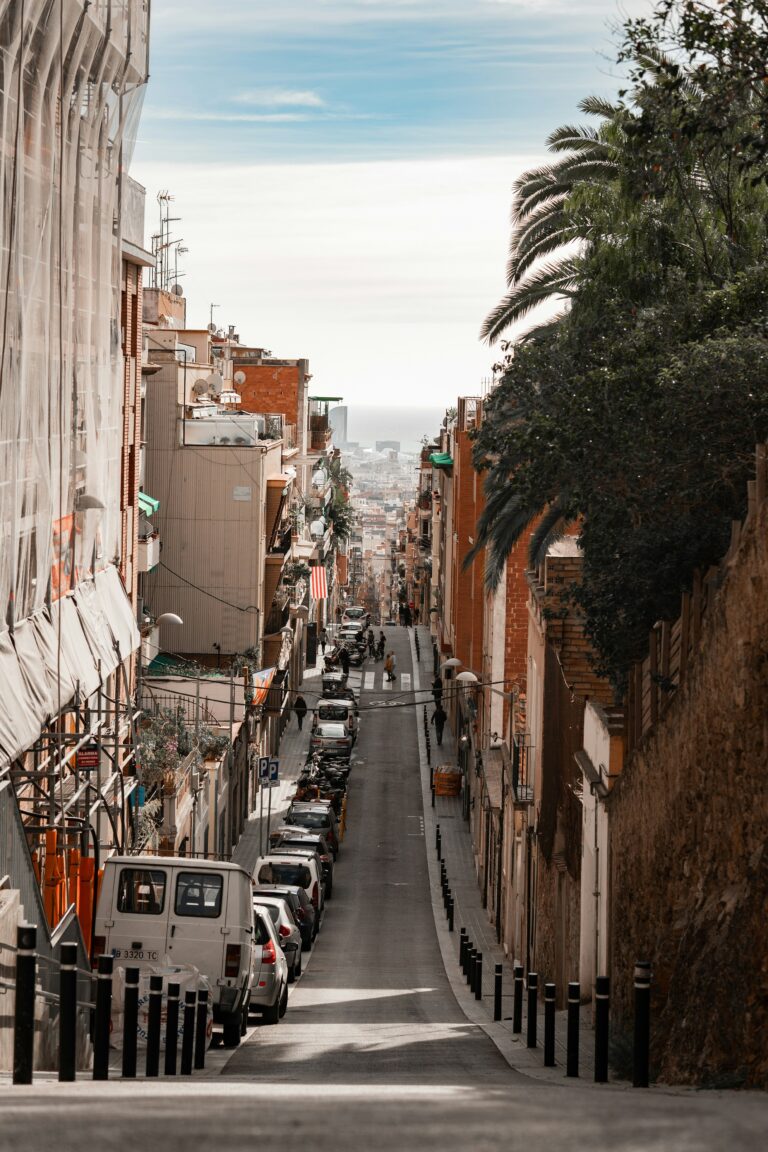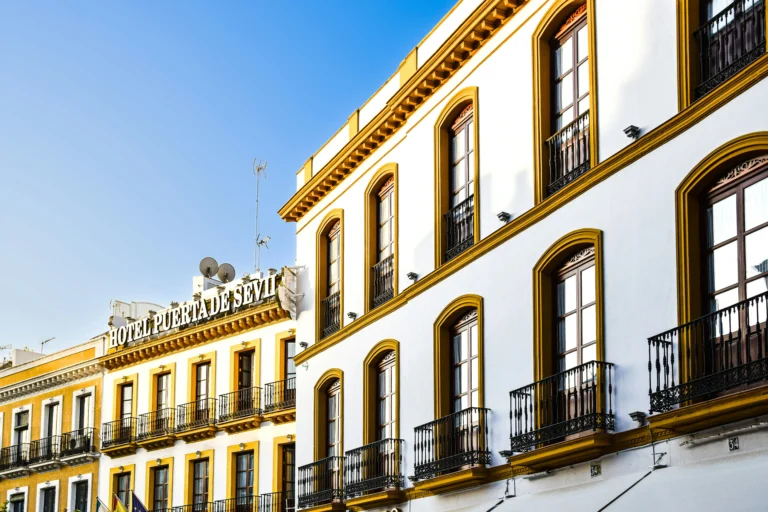What’s the Real Best Time to Visit Spain to Avoid Crowds?
So, you’re dreaming of Spain. Sangria shimmering in the sun, the hypnotic rhythm of a flamenco guitar, and plates piled high with delicious tapas. But then, reality hits: the thought of elbowing your way through a thousand other tourists to snap a picture of La Sagrada Família. It’s a valid fear! Finding the best time to visit Spain isn’t just about the weather; it’s about finding that magical window where you can actually enjoy the country without the massive crowds.
Let’s be real, you want sunshine and good vibes, but you don’t want to wait in line for an hour just for a coffee. The secret, my friend, is all about timing. Forget the peak summer rush. The real magic happens in the shoulder season.
Table of Contents
The Sweet Spot: Why the Shoulder Season is the Best Time to Visit Spain
If there’s one takeaway from this guide, let it be these two words: shoulder season. This is the period just before and just after the peak summer months. Think of it as Spain’s best-kept secret for savvy travelers. You get all the perks with way fewer people.
The crowds have thinned out, flight and hotel prices dip, and the weather is often absolutely perfect—pleasantly warm without the scorching, energy-sapping heat of July and August. You’ll find more space on the sand, shorter queues at museums, and a generally more relaxed, authentic vibe.
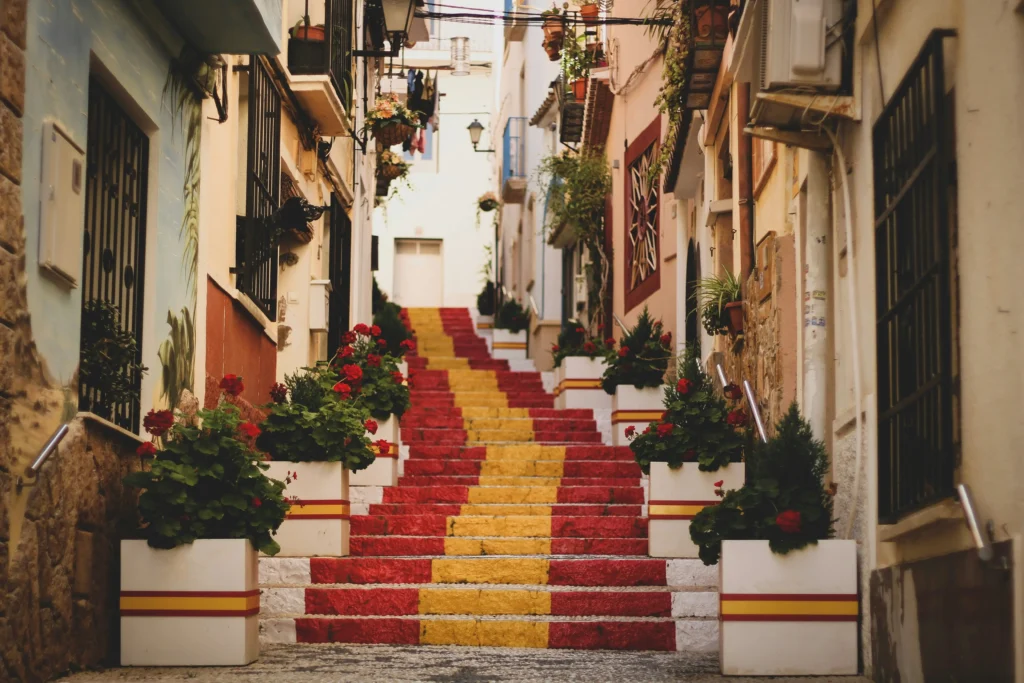
Spring Shoulder Season: April & May
Spring in Spain is a knockout. The countryside is lush and green, wildflowers are blooming, and the city plazas are buzzing with locals enjoying the first real warmth. The days are long and sunny, but the air is still fresh. It’s ideal for exploring cities like Seville, Madrid, or Granada on foot without breaking a sweat. Just a heads-up: watch out for Semana Santa (Holy Week), as this is a major holiday and cities, especially in Andalusia, get incredibly busy.

Fall Shoulder Season: September & October
This might just be the *perfect* time. The summer crowds have vanished as kids go back to school, but the Mediterranean Sea is still wonderfully warm from the summer sun. The light has a beautiful golden quality, and it’s harvest season in wine regions like La Rioja. You can enjoy a beach holiday and a city break all in one trip, with pleasant temperatures across the entire country.
A Season-by-Season Guide to Avoiding the Masses
While the shoulder season is our top pick, your ideal time might depend on your specific travel style. Here’s a quick breakdown of what to expect throughout the year.
Winter (November – February)
For the true crowd-hater, winter is your season. You’ll find rock-bottom prices and can often have famous sights almost to yourself. It’s the perfect time for a city break in Barcelona or Madrid, where you can dive into museums and tapas bars. The south remains mild, but the north can be cold and rainy. The exception? The Canary Islands, which offer a fantastic “winter sun” escape.

Summer (June – August)
Okay, let’s be honest: this is peak season for a reason. The weather is glorious, the nightlife is legendary, and everything is in full swing. . It’s hot, expensive, and crowded. If you *must* travel in summer, book everything far in advance. Our advice? Head north to the cooler, greener regions like Asturias or Galicia, which are stunning and less overrun than the southern coasts.
The Best Time to Visit Spain for Beaches (Without the Towel-to-Towel Crowds)
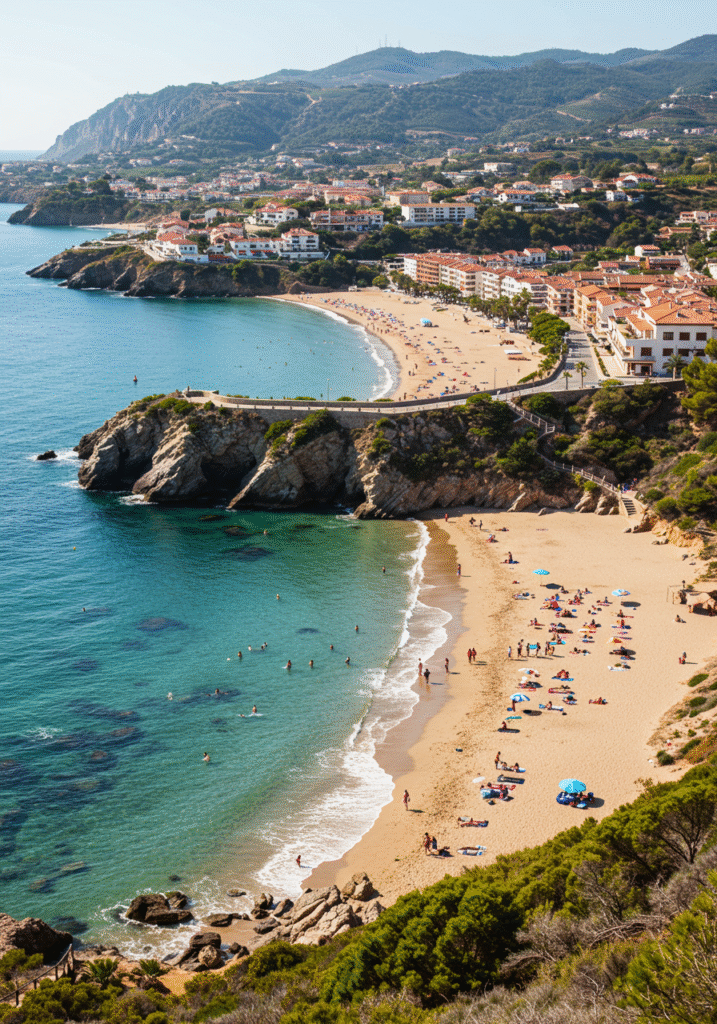
Dreaming of idyllic Spanish beaches but dreading the sea of humanity? The best time to visit Spain for beaches is hands-down early June or September. You’ll be rewarded with plenty of sunshine and water that’s warm enough for swimming, but you won’t have to fight for a spot on the sand.
In September, you get the added bonus of the sea being at its warmest after heating up all summer. For a truly quiet escape, skip the famous Costa del Sol and explore the wilder beaches of the Costa de la Luz on the Atlantic coast or the rugged, beautiful coves of the Costa Brava north of Barcelona.
Insider Tips for a Crowd-Free Spanish Holiday
- Explore Inland: Regions like Extremadura or Castile and León are rich in history, castles, and incredible food, but see a fraction of the tourists.
- Time Your Sightseeing: The biggest crowds at major attractions are from 10 AM to 2 PM.Many Spaniards eat lunch from 2-4 PM, making it a surprisingly good time to visit a museum.
- Book in Advance: For must-see sites like Granada’s Alhambra or Barcelona’s La Sagrada Família, booking tickets online weeks (or even months) ahead is non-negotiable, no matter the season.
Ultimately, by ditching the peak summer months and embracing the shoulder season, you’ll discover a more relaxed, affordable, and authentic Spain. You can trade long lines for leisurely lunches and crowded beaches for quiet coves—and that makes for a much better story to tell when you get home.
Frequently Asked Questions
- What is the absolute cheapest month to visit Spain?
Generally, January and February (outside of ski resorts) are the cheapest months. Flights and accommodation are at their lowest, but be prepared for cooler, and sometimes wet, weather, especially in the northern half of the country. - Is Spain too hot in the summer?
Inland cities like Madrid, Seville, and Córdoba can be intensely hot in July and August, with temperatures often soaring above 40°C (104°F). The coastal areas and northern regions are more moderate and pleasant, but a midday siesta becomes less of a cultural quirk and more of a survival strategy
